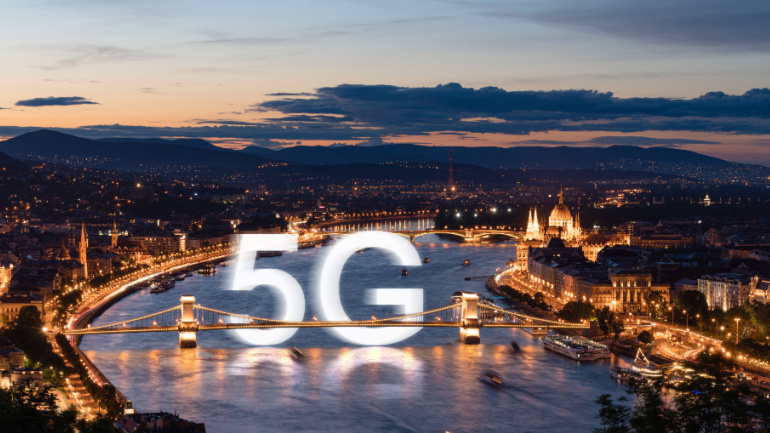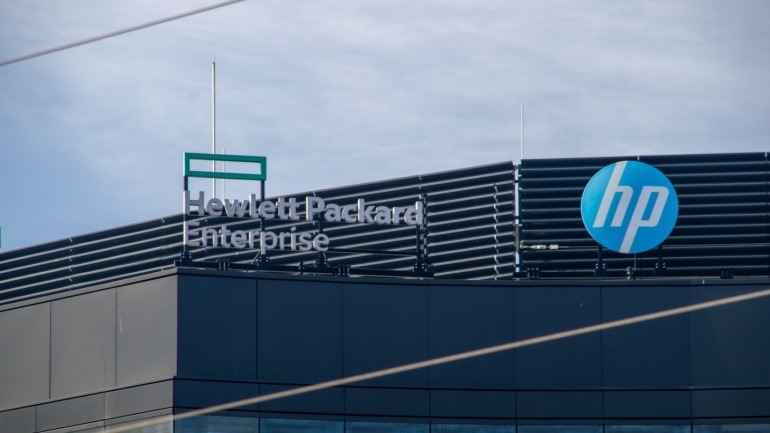In a significant stride towards making its 5G network more robust for future technologies, Finland’s Elisa has successfully tested a new uplink carrier aggregation technology. This test, a collaboration with telecom giants Ericsson and Qualcomm, marks a leap in preparing for the demands of the metaverse and other advanced applications.
By merging a segment of 2.6-GHz spectrum with a larger portion of 3.5-GHz spectrum, Elisa achieved a remarkable upload speed of 230 Mbps. This experiment, carried out on its commercial 5G standalone network, utilized Qualcomm’s Snapdragon X75 5G modem for the device and was powered by Ericsson’s innovative software.
Mårten Lerner, from Ericsson, highlighted the significance of this advancement for enhancing user experiences across a spectrum of applications, including live streaming and cloud gaming. This move is timely, considering Ericsson’s insights that uplink traffic, though currently a minor portion of total network traffic, is poised to grow with the popularity of applications requiring substantial upload capabilities.
Elisa’s proactive approach to network enhancement extends beyond this test. Previously, the company has introduced technologies such as in-service software upgrades and cloud RAN trials in collaboration with Ericsson and Nokia, emphasizing its commitment to leading in 5G innovation. With its operational 5G standalone networks in Finland and Estonia, Elisa is setting a benchmark for network quality and readiness for future digital landscapes.
This development is part of a broader trend, with other operators like Vodafone and Telefónica also exploring uplink carrier aggregation to meet the evolving demands of digital communication and entertainment. As digital experiences become more immersive and data-intensive, such innovations in 5G technology are crucial for delivering the speed and reliability that users expect.







